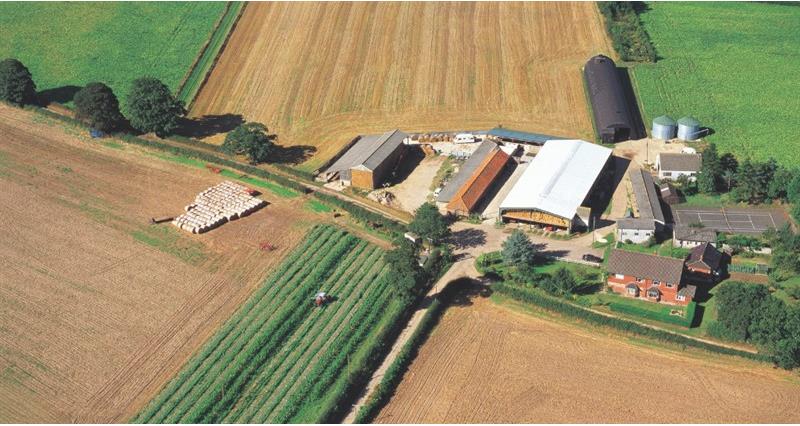The aim:
To reduce on‑farm energy consumption by increasing energy efficiency in farm buildings, including the farmhouse, office, livestock housing and processing building.
The actions:
Review your current energy usage to identify potential areas for savings.
- Make small changes to routines to reduce day‑to‑day energy usage.
- Consider investment in energy‑efficient upgrades to make longer‑term savings.
The results:
For the business: Lower energy bills
For net zero: A significant proportion of energy generation in the UK is still reliant of processes, such as burning fossil fuels, which emit GHGs and exacerbate climate change. By reducing energy use, we can reduce reliance on polluting energy production.
How to measure success: Your energy usage and bills will go down.
Farmhouse and Farm Office
There are some quick wins you can make saving energy in the farmhouse and any office buildings you might have on farm:
Action |
Cost |
Time |
|
Install a smart meter to help you keep track of energy usage and costs. |
|
|
|
Set up timers and thermostats for heating. |
£/ |
|
|
Switch household and office electronic devices off rather than leaving them on standby when not in use. |
|
|
|
Swap incandescent bulbs to LED and consider smart‑lighting to set up timers and brightness controls. |
£/ |
|
|
Install or improve heating (and air-con) insulation and draft‑proofing. |
£-££
|
|
|
If you are renovating old buildings, investment in making these ‘green’ will save on energy costs in the future. For new builds there are many building companies who offer energy efficient options. Key things to consider are materials, insulation and heating methods (including options for renewable energy generation) and electrical efficiency. |
££-£££
|
|
Livestock housing
Just as you could save energy in the buildings you live and work in, there maybe saving you can make in the buildings housing your livestock.
Action |
Cost |
Time |
|
Cattle housing – beef and dairy Appropriate housing, and in particular ventilation, for cattle can improve animal health, thereby improving productivity and potentially reducing the carbon footprint per unit. The Farm Advisory Service Scotland have produced a written guide for beef cattle housing and videos covering things to consider. Manure and urea management is also key: visit Tried & Tested or see our Nutrient Use pages for further guidance. |
(5-10yrs) |
|
|
Poultry housing As heating, lighting and ventilation are the main sources of energy usage in poultry housing, many of the actions in the ‘Farmhouse and Farm Office’ section above also apply here, especially the condition of ventilation fans and ducting. Heat recovery systems can also help in well-insulated buildings. |
|
|
|
Pig housing Housing for pigs often combined the challenges of both cattle and poultry housing in terms of temperature, ventilation and lighting. AHDB’s guide to pig buildings and housing sets out ways to approach the key issues |
|
|
Farm yard buildings and processing
The energy efficiency of both the on-farm buildings (storage sheds, workshops, barns, silage clamps etc) and the processes within them (grain drying, milk cooling and other machinery use) can have a significant impact of the carbon footprint of the farm business. Start by monitoring energy use for each process and if possible ‘benchmarking’ this against industry standards.
Action |
Cost |
Time |
|
Reduce energy use by machinery on standby When machinery is not in use, switch it off rather than leaving it on standby to reduce energy use and costs. |
|
|
|
Keep on top off machinery maintenance Good maintenance of machinery, including farm vehicles, will ensure they run efficiently and could reduce costs and time for repair and replacement. This contribution to efficiency will have an overall positive impact of unit efficiency, potentially reducing the carbon footprint per unit of produce. |
|
|
|
Energy sources for buildings and machinery Use a renewable energy source to power farm buildings and machinery. On‑farm renewable energy generation may be an option, or you could change energy supplier for a renewable source. * |
|
|
|
Reuse heat generated in farm processes Most relevant in dairy systems; heat generated by farm processes such as milk cooling can be used to heat water for use on farm. A Heat Recovery Unit can often be retrofitted to existing installations. |
|
|
* Biomass boilers are included in the New Green Homes Grant for homeowners and also eligible for the Renewable Heat Incentive (RHI) scheme, designed to financially reward households using renewable energy.

